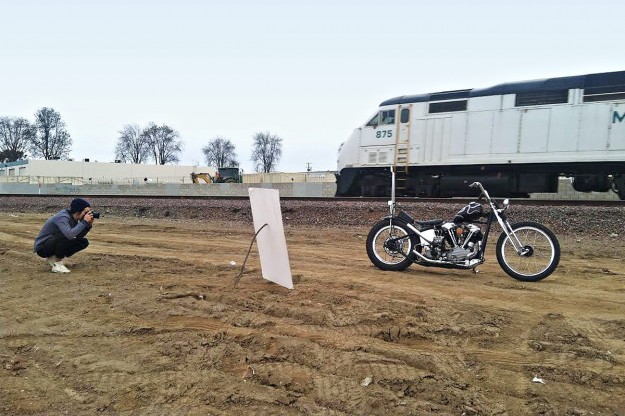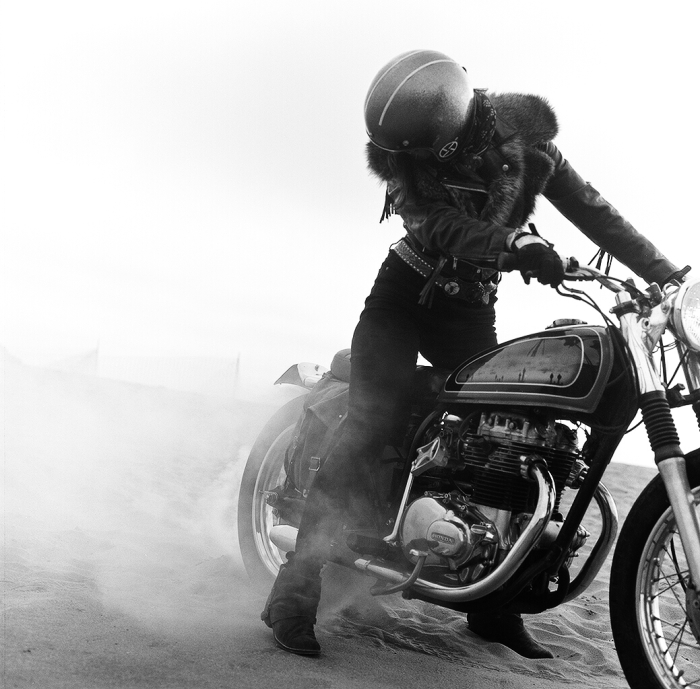If you were going to throw away your old watch and add to the metal
pollution, wait a second! Take a look at what digital curators like
Dmitriy Khristenkho of Ukraine and Dan Tanenbaum of Canada are doing to
stop these old watch parts from landing in the
garbage can. Turning junk into spectacular mini bike sculptures, it’s a
delight to see such intricate and detailed work of art.
AFTER….
These miniatures actually take a lot of time to be built as opposed to
their size. Each part has to be shaped using grindstone to get perfect
shape and size and then each component is painstakingly glued by hand to
finish the masterpiece. It roughly takes about 50 hours to complete one
model. Phew! So tiny but it sure is a hell lot of work! Since the work
involved is a lot so are the returns, as each piece costs up to 700
pounds.
The makers of these motorcycles say that the most important part is to
put together the two wheels, handle bars and petrol tank and the rest is
pretty much an expression of one’s imagination. Of course sometimes the
clients also ask for custom makes.
While most parts are those rescued from scrapheaps, some of the
components on these motorcycles are parts from Vintage watches. Many
people request to convert their ancestral watches into model bikes to
immortalise their worth in an artistic way.
Super cool and incredible aren’t they??? Well next time don’t give away
or throw your old watch. Just break it, shape it, stick it and make your
own custom model bike. It’s not easy to make but for sure is an amazing
art.



















































